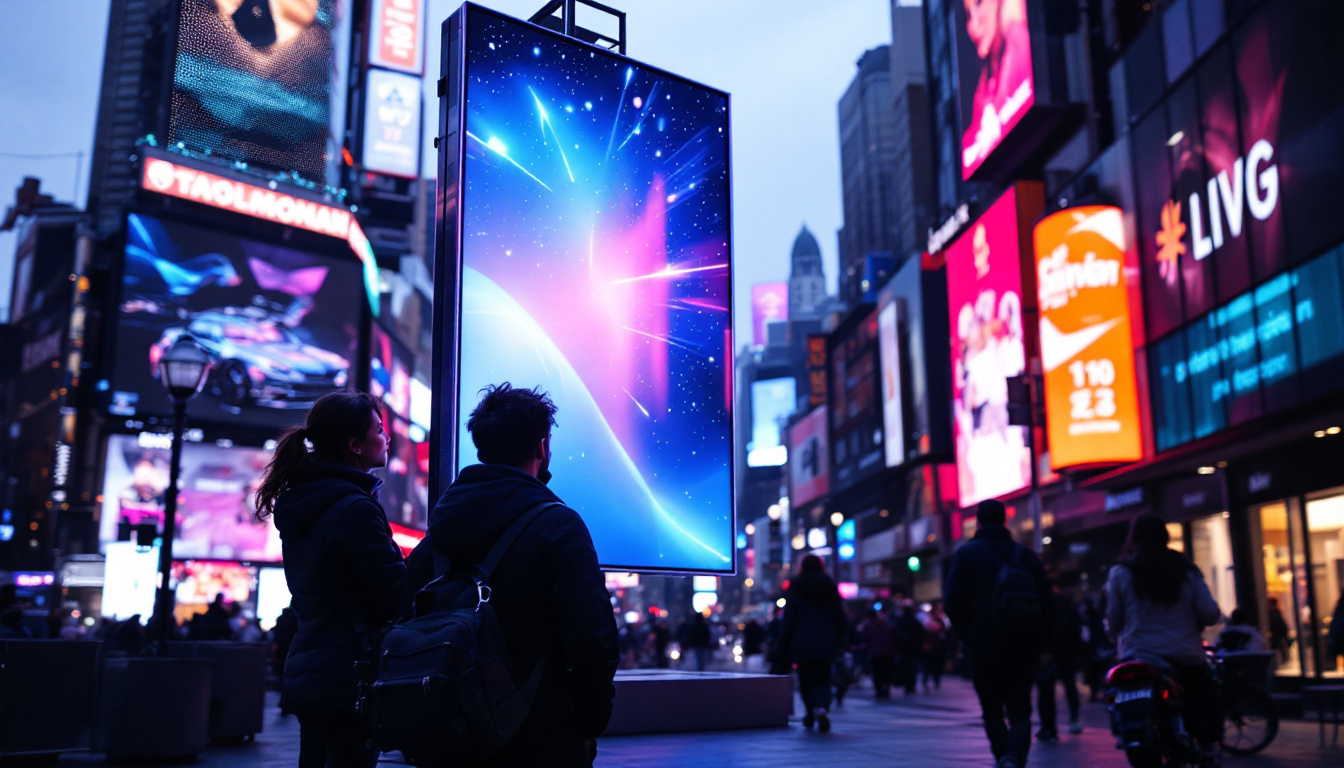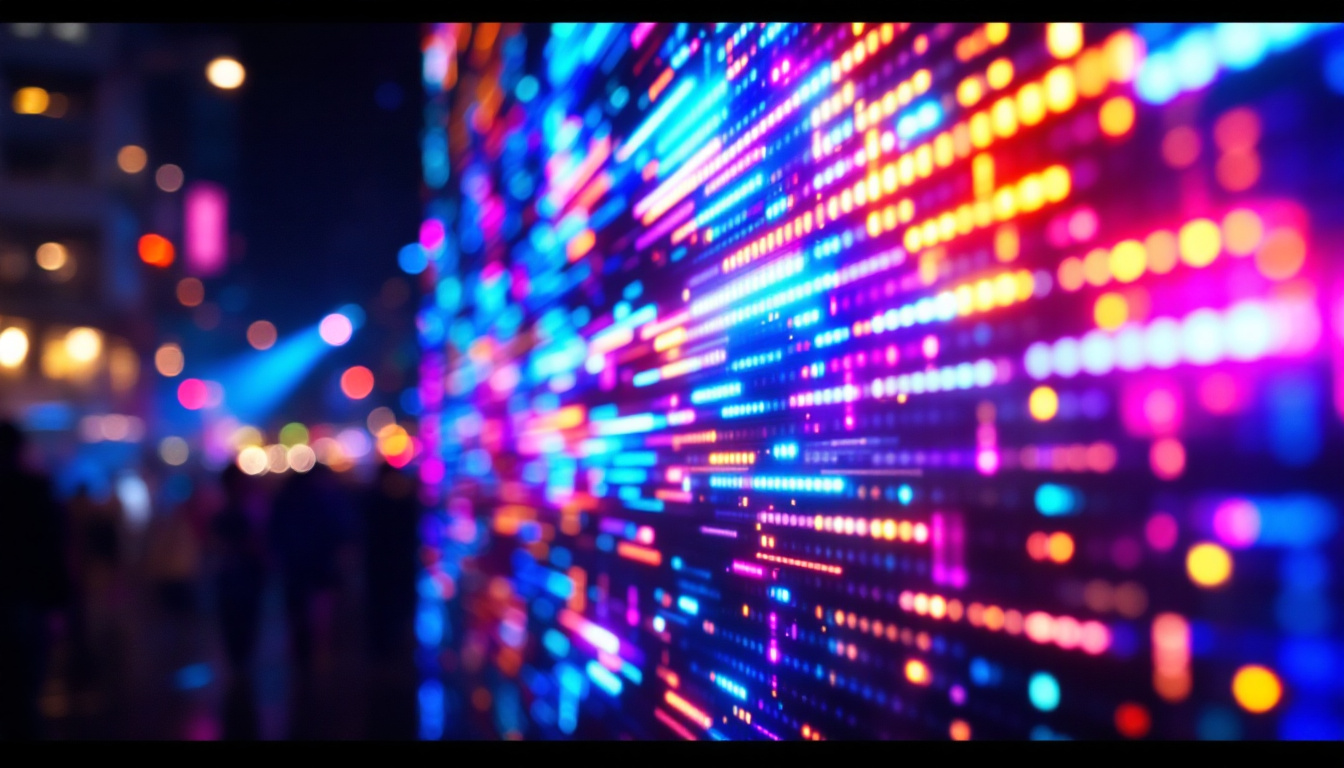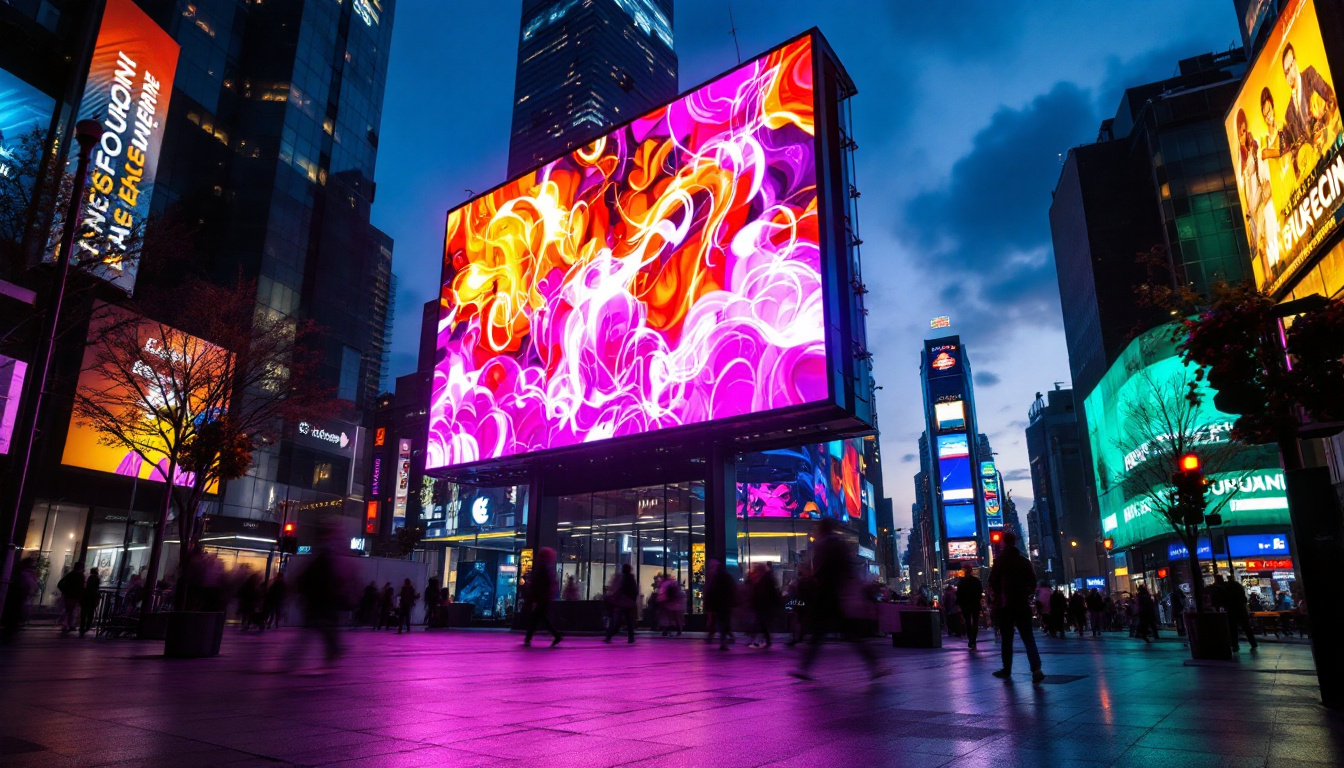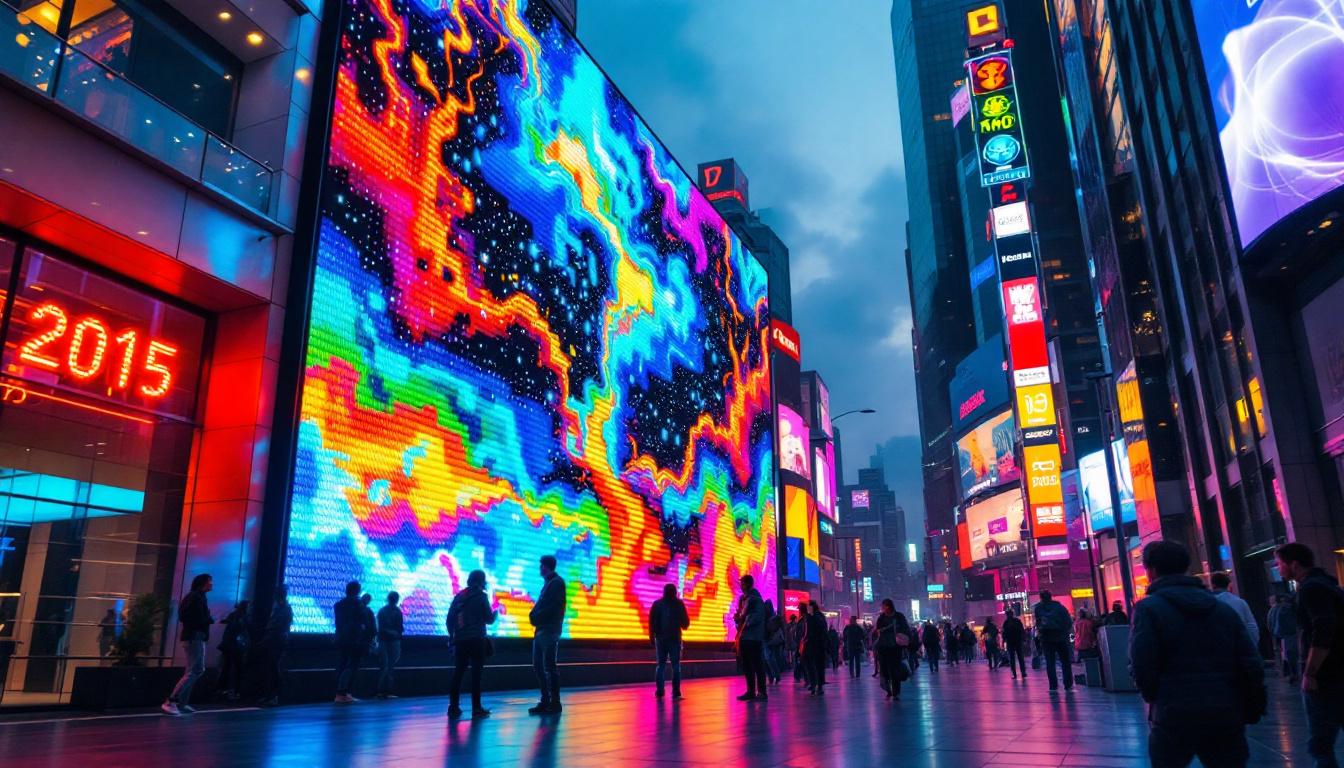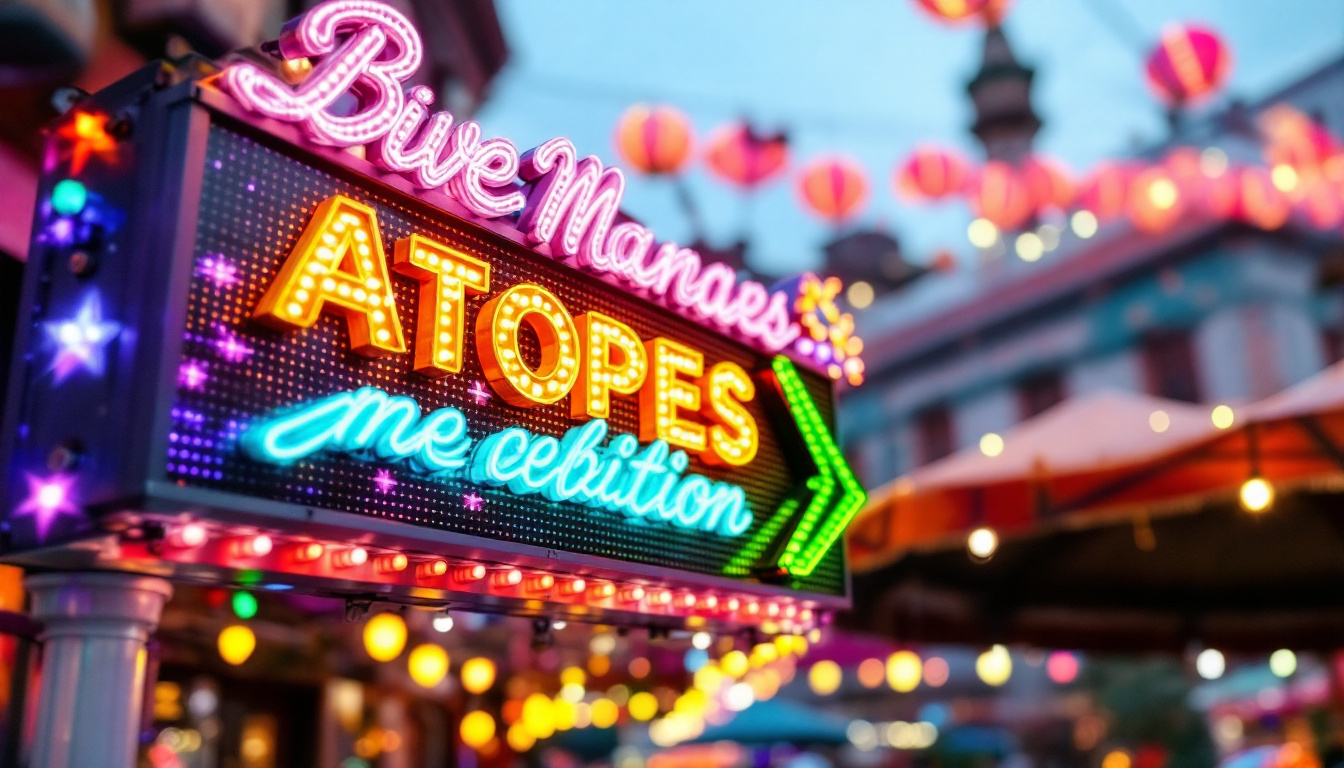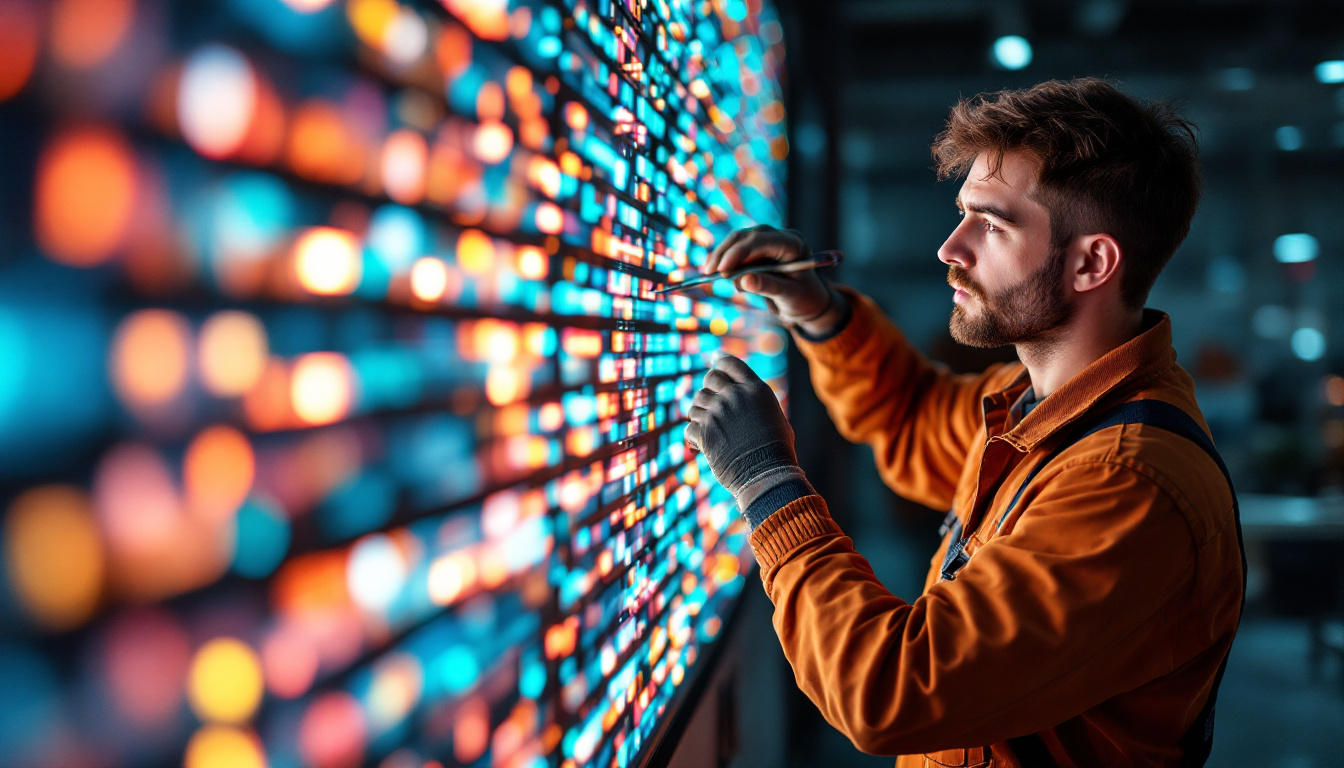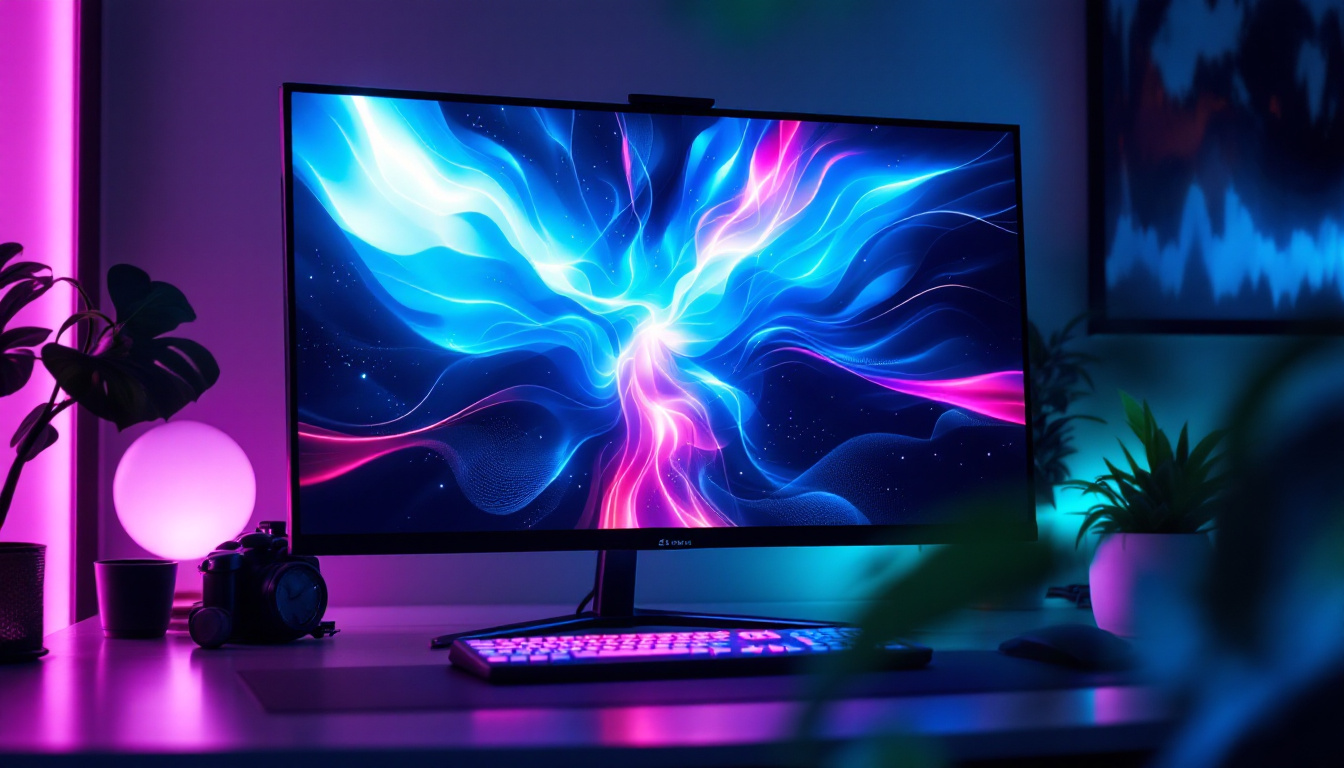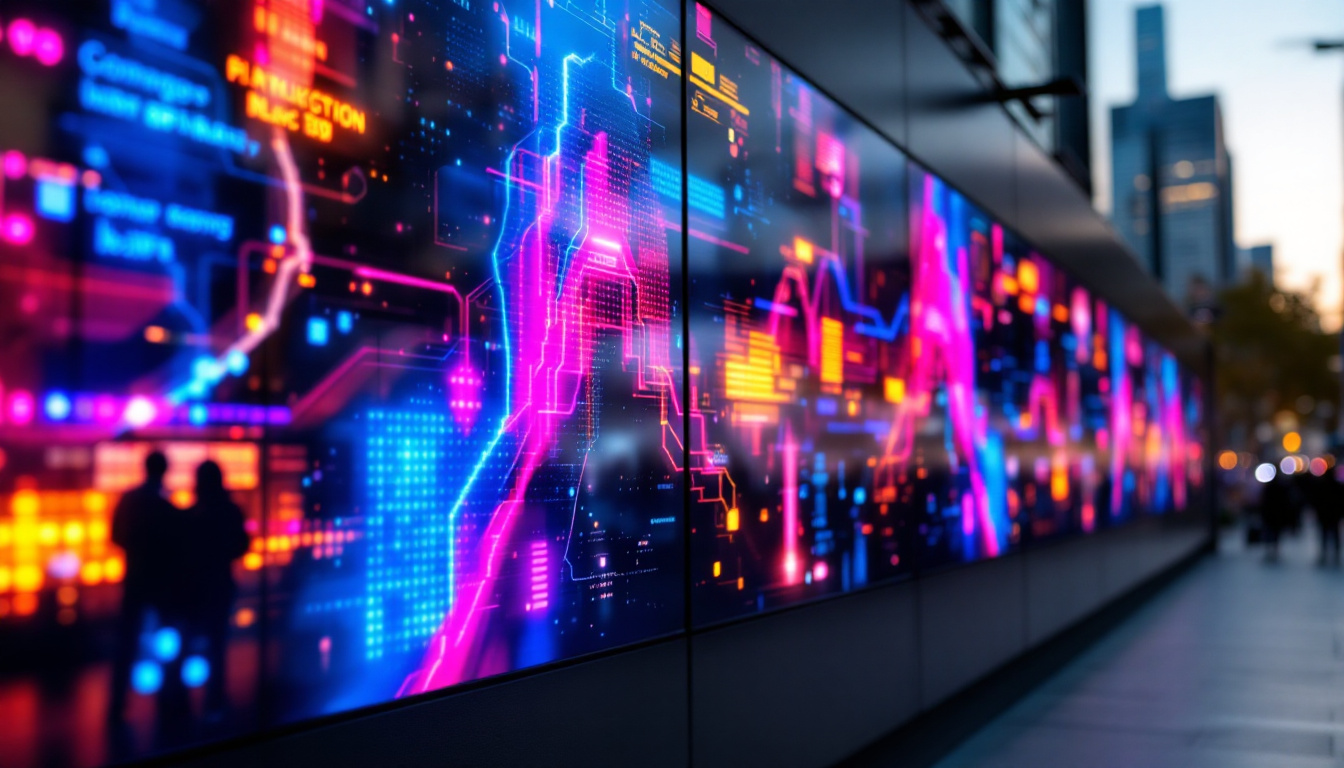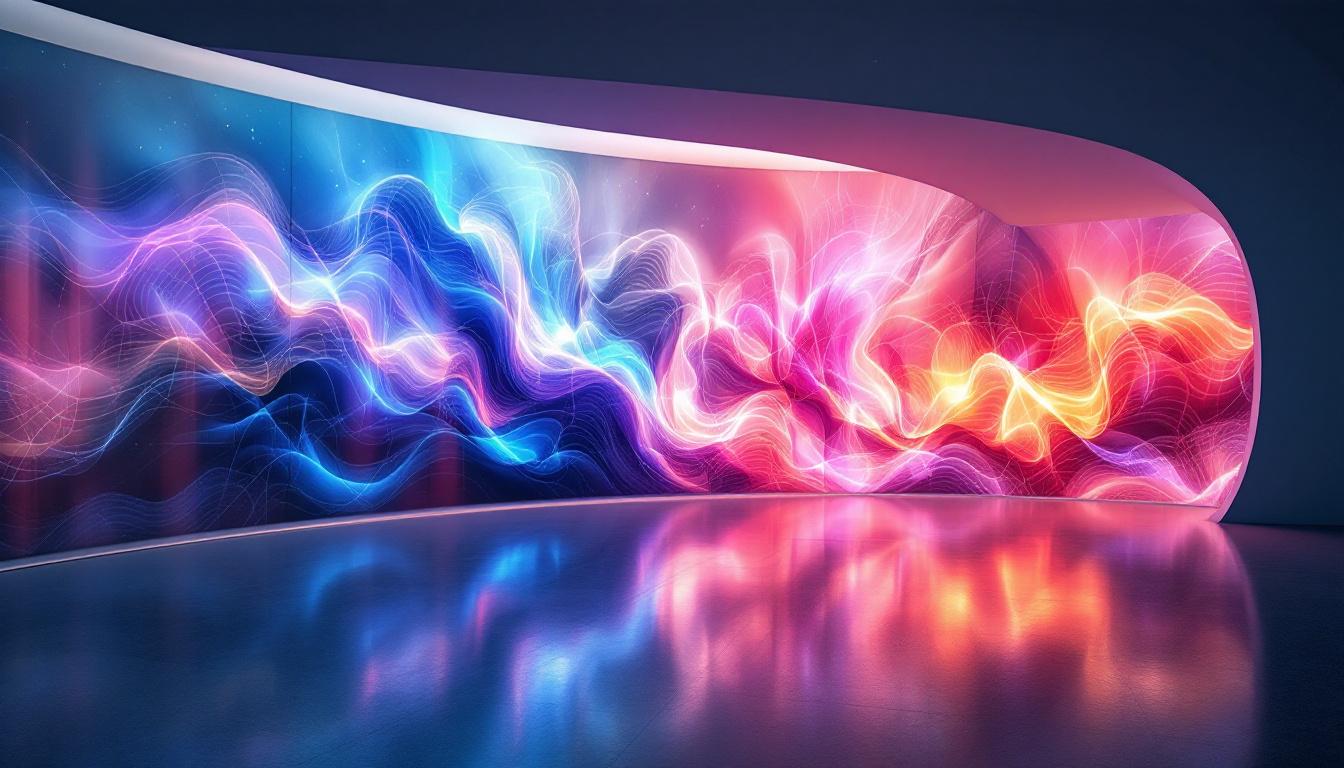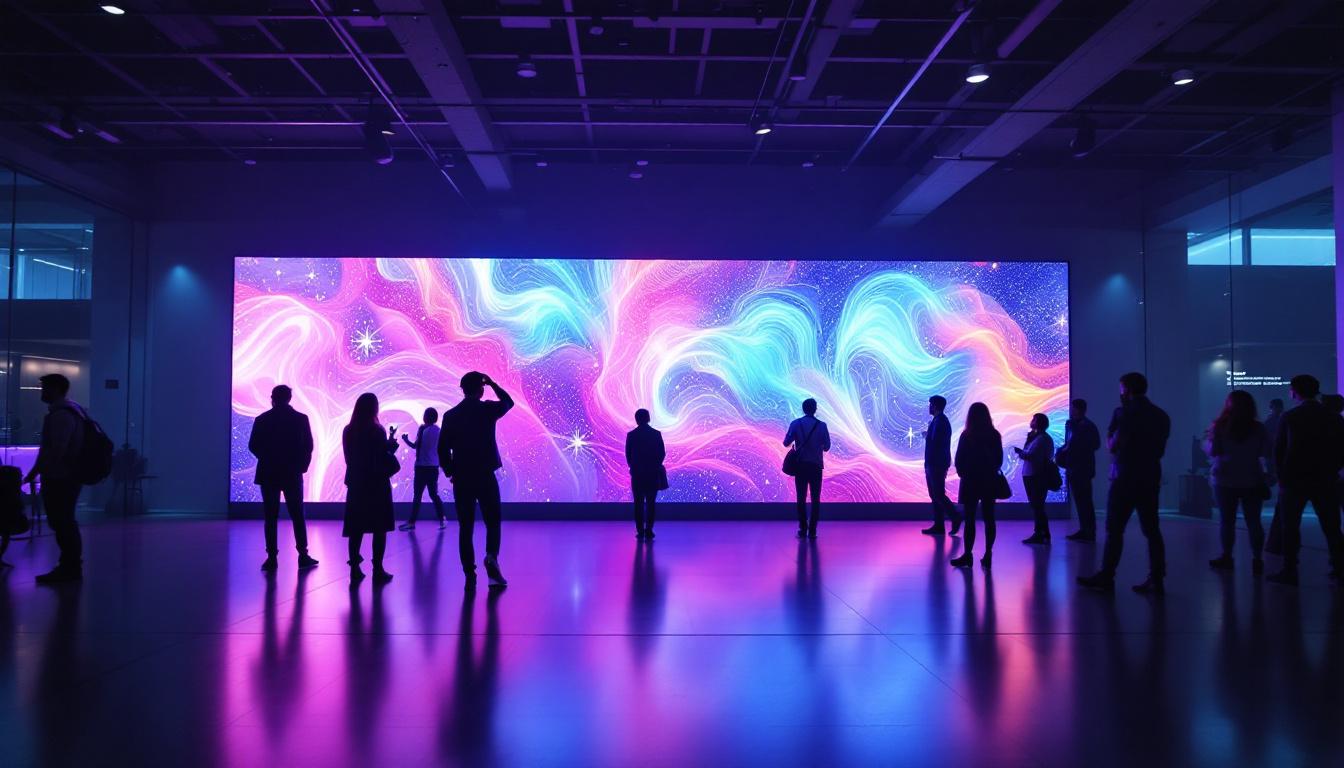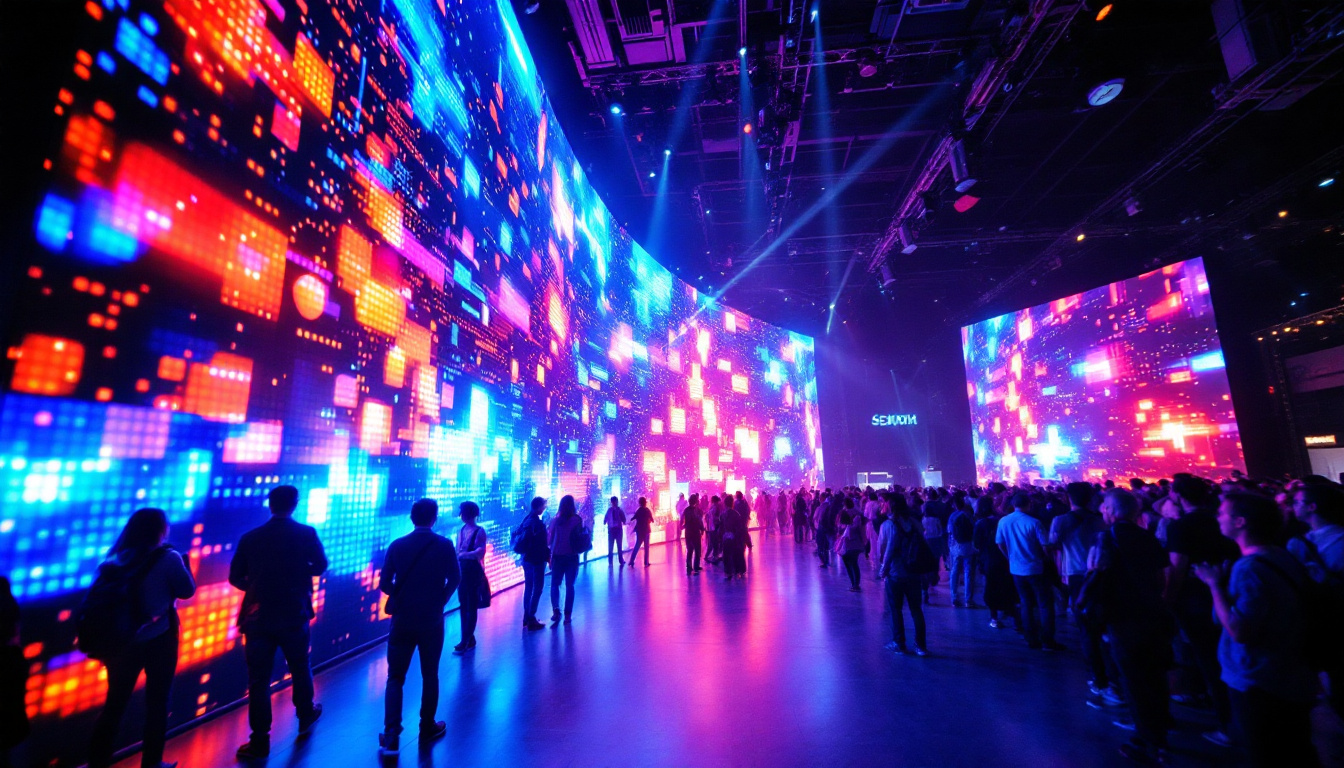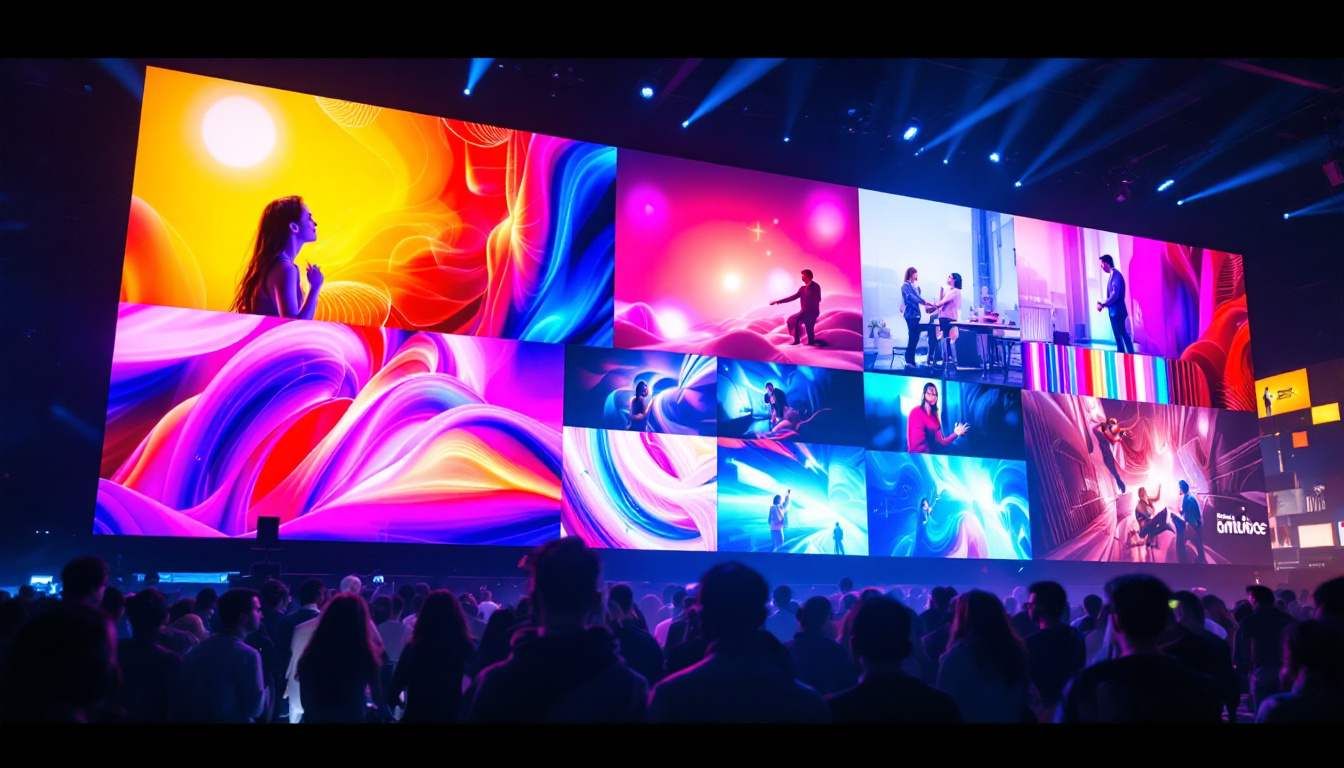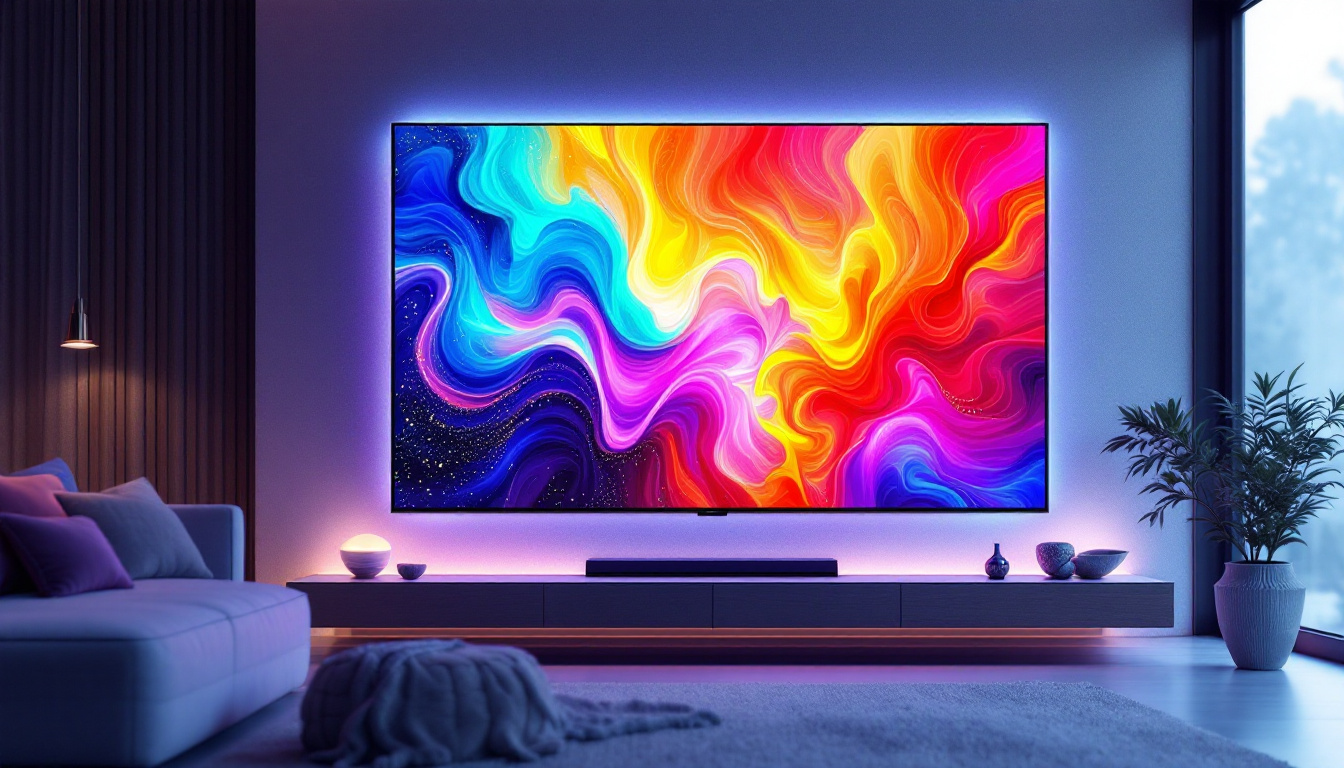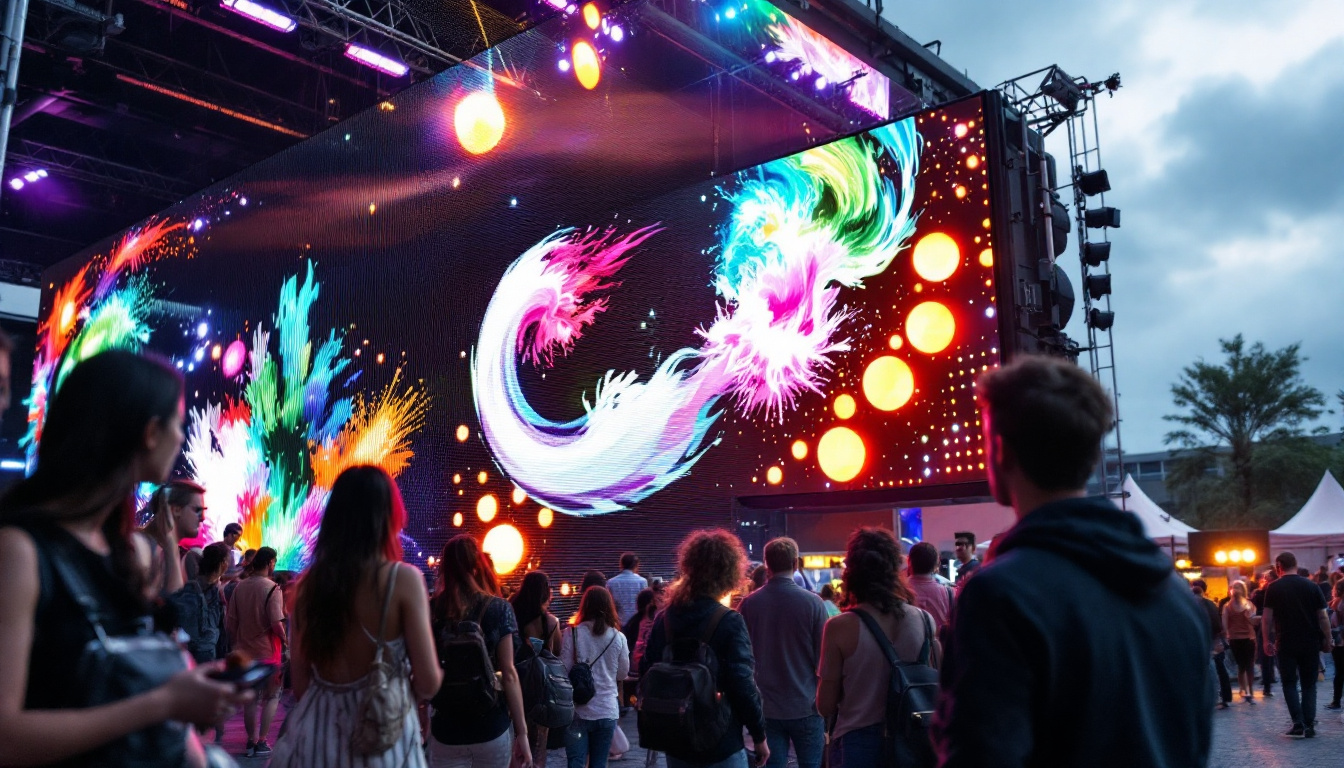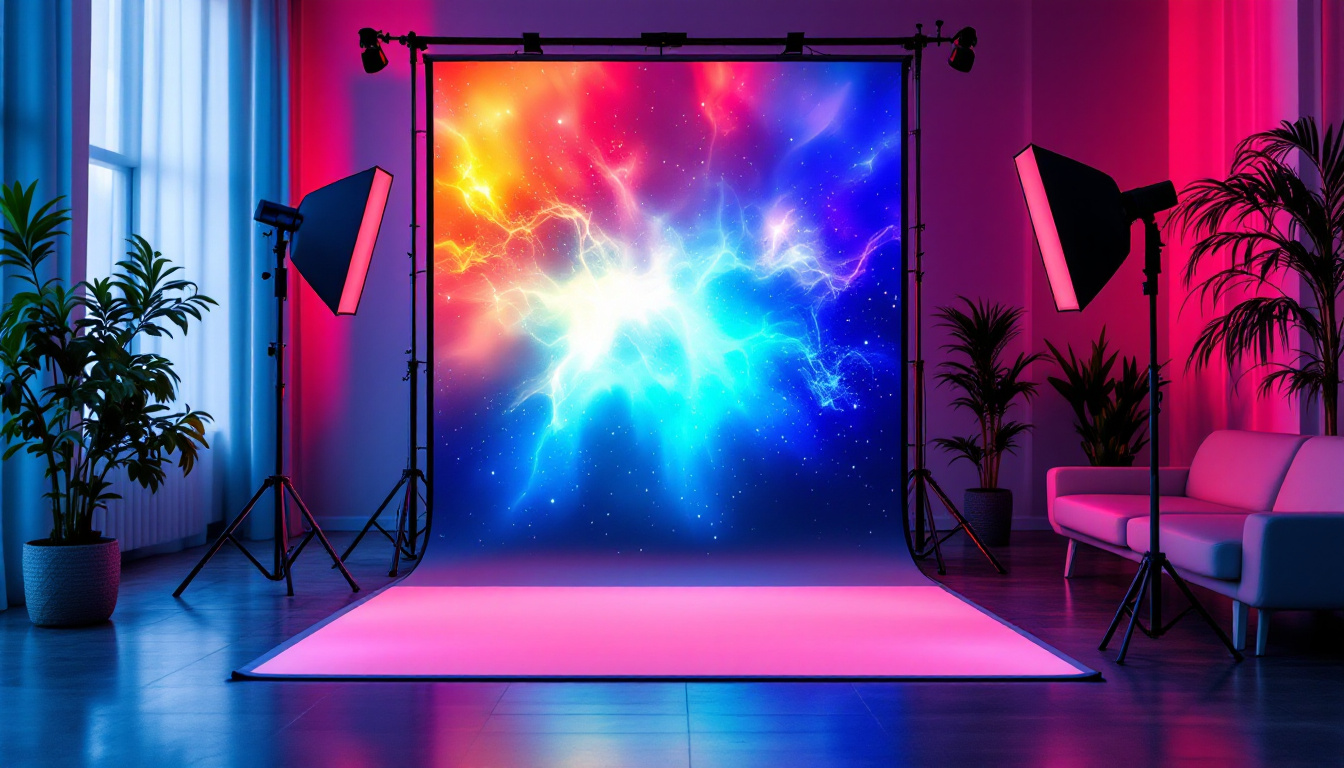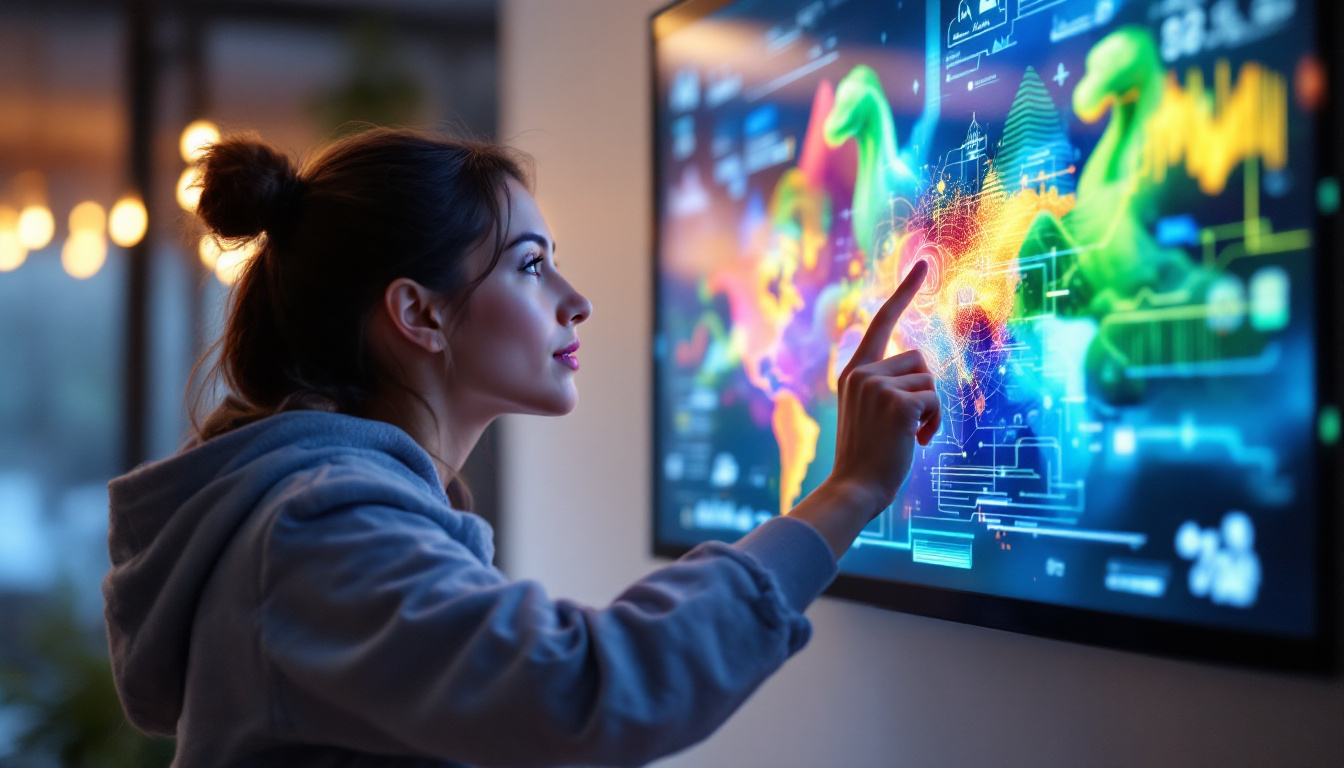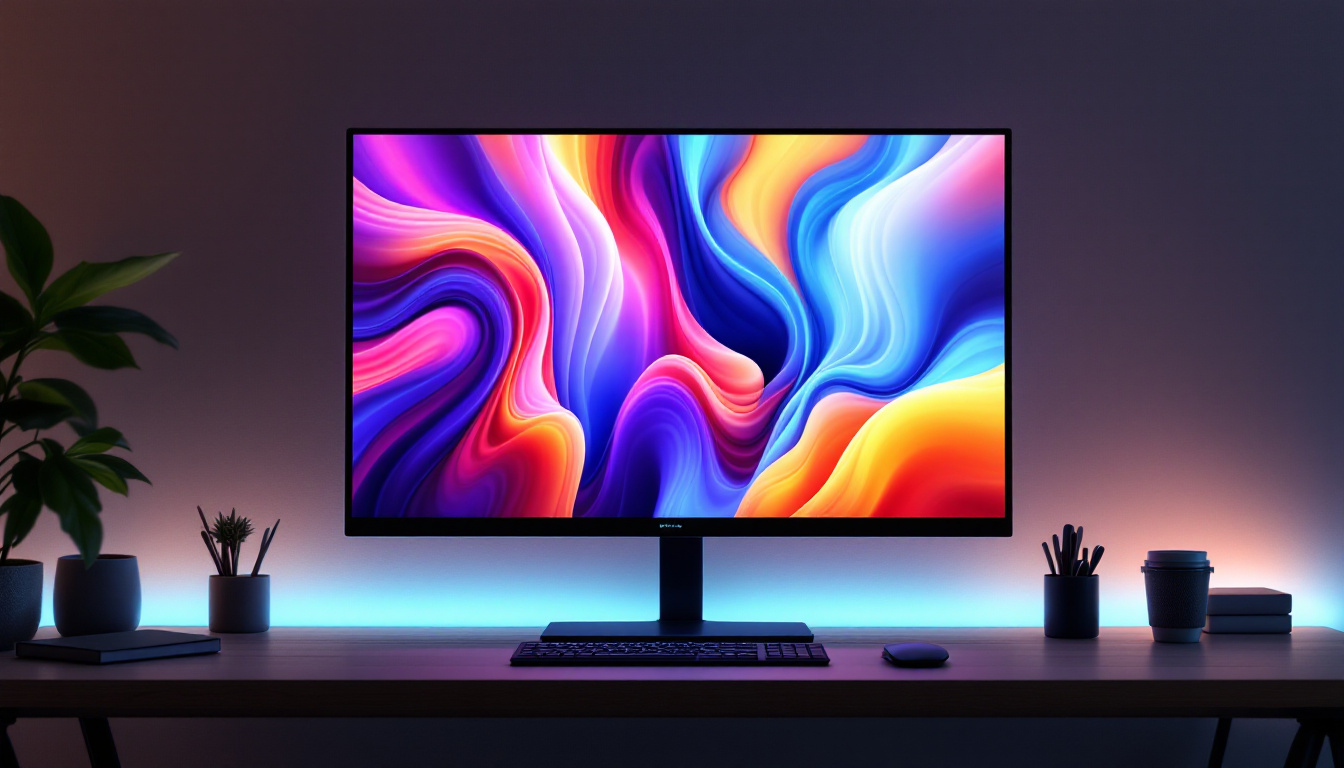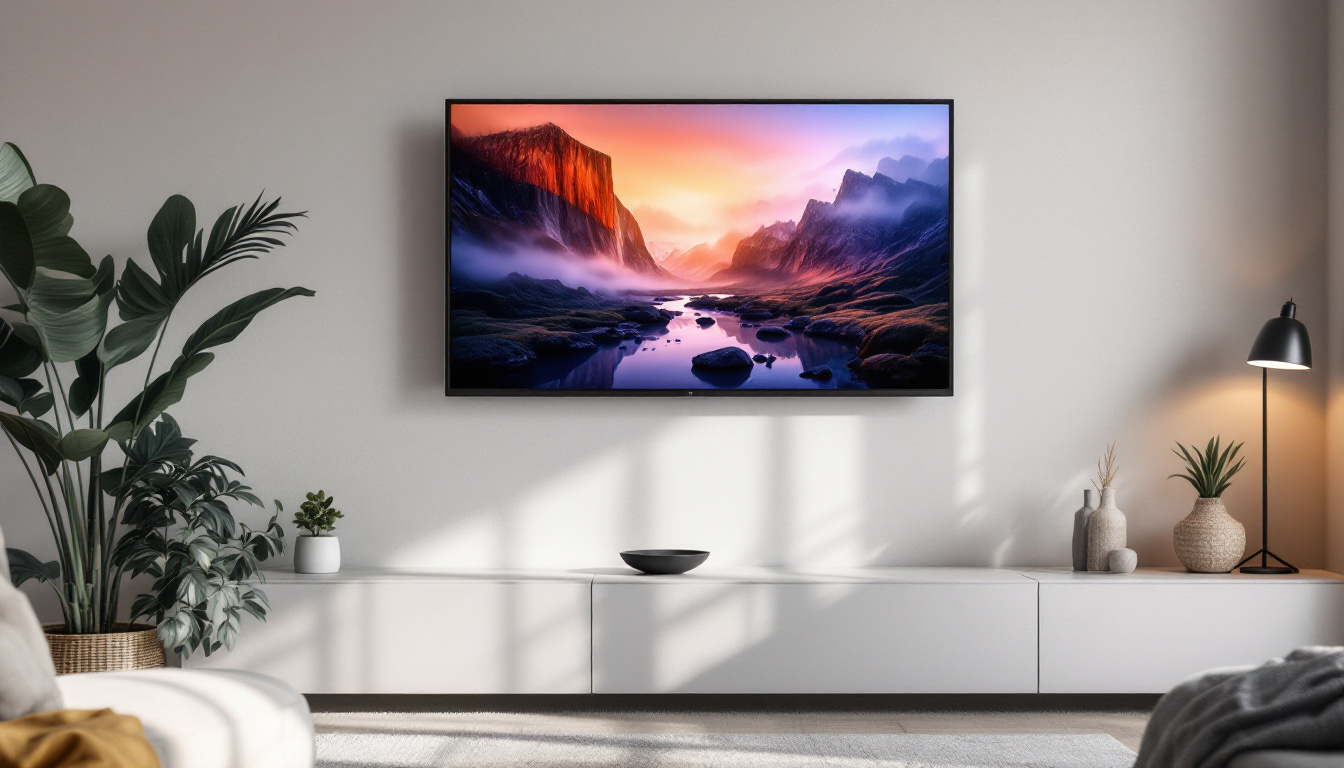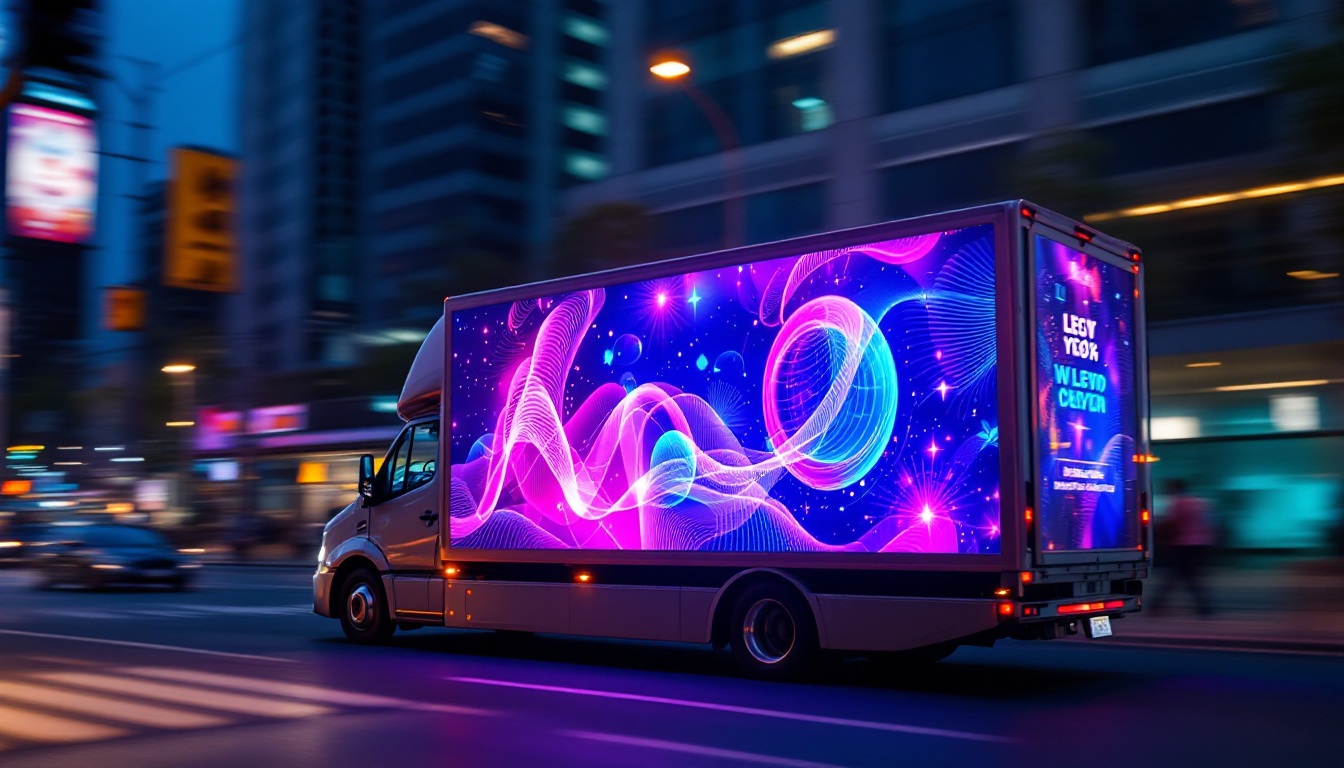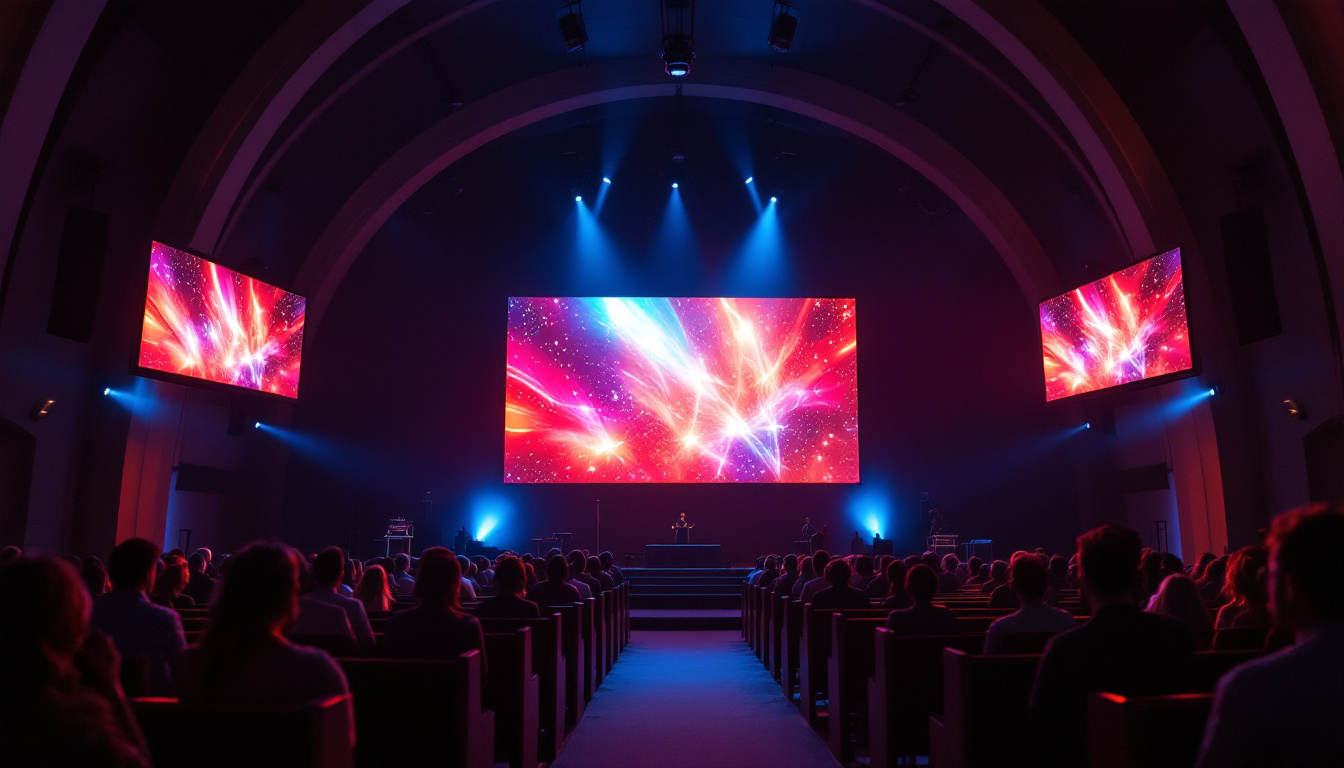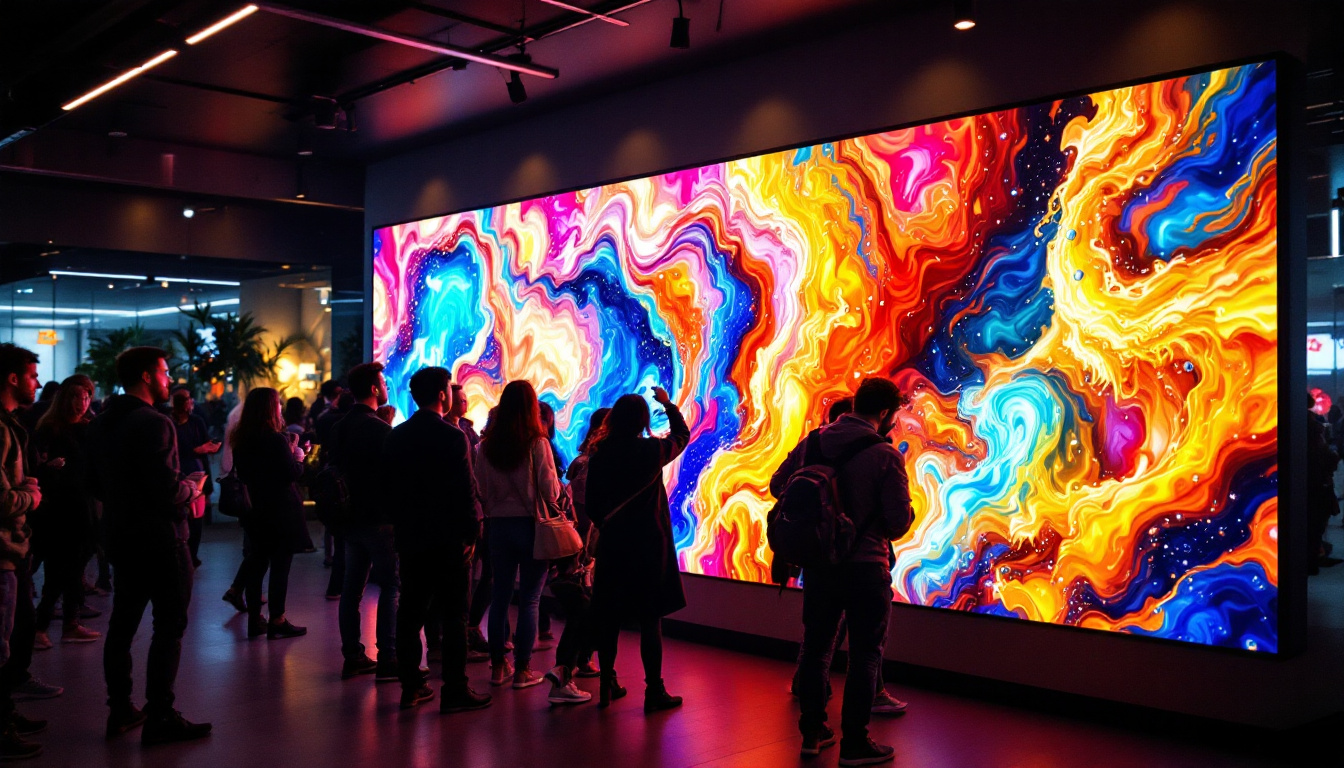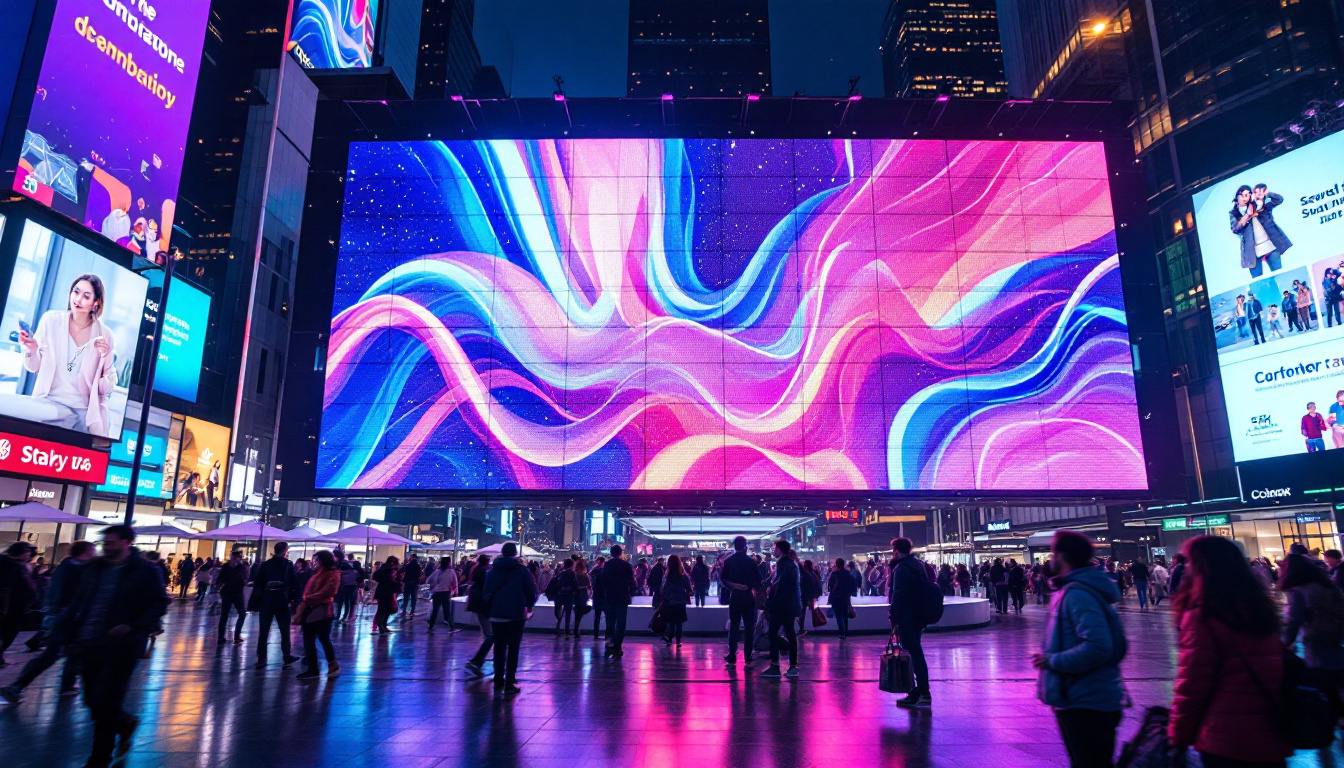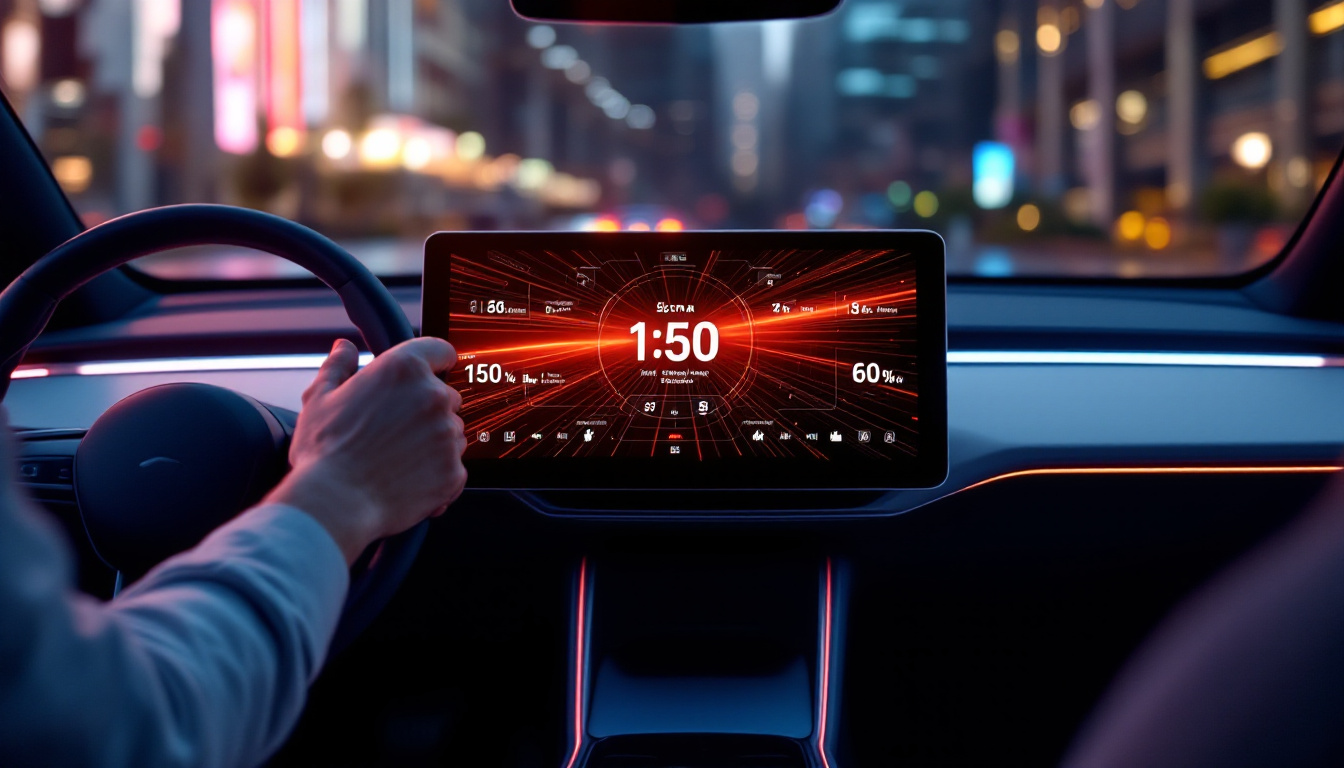In the world of modern technology, LED displays have emerged as a dominant force, transforming how information is presented and consumed. From large-scale outdoor billboards to sleek indoor screens, LED technology has revolutionized visual communication. At the heart of these displays lies a crucial component: LED screen glass. This article delves into the intricacies of LED displays, the role of screen glass, and the various applications that benefit from this technology.
Understanding LED Displays
LED displays utilize light-emitting diodes (LEDs) to produce images and videos. Unlike traditional display technologies, which rely on backlighting, LEDs emit light on their own, allowing for brighter and more vibrant visuals. This characteristic makes them ideal for a variety of settings, from entertainment venues to corporate environments. The versatility of LED displays extends beyond mere brightness; they can also be configured in various shapes and sizes, enabling creative installations that enhance the aesthetic of any space.
How LED Displays Work
The fundamental principle behind LED displays is relatively straightforward. Each pixel in an LED screen consists of red, green, and blue (RGB) diodes. By adjusting the intensity of these three colors, a full spectrum of colors can be achieved. This RGB color mixing is what enables LED displays to produce stunning visuals with high contrast and clarity. Furthermore, advancements in technology have led to the development of high-definition and ultra-high-definition LED displays, which provide even finer detail and sharper images, making them particularly popular in the film and gaming industries.
Moreover, LED displays can be categorized into two main types: direct view and rear-projection. Direct view displays are composed of individual LED modules that are arranged in a grid, while rear-projection displays utilize a light source behind a screen to project images. Each type has its own advantages and is suited for different applications. For instance, direct view displays are often preferred for large-scale outdoor advertising due to their brightness and visibility, while rear-projection displays are commonly used in conference rooms for presentations, where space constraints may limit the size of the display.
Benefits of LED Technology
LED displays offer numerous advantages over traditional display technologies. One of the most significant benefits is energy efficiency. LEDs consume less power than incandescent or fluorescent lights, making them a more sustainable choice. Additionally, they have a longer lifespan, reducing the need for frequent replacements. This longevity not only translates to cost savings for businesses but also minimizes waste, contributing to a more environmentally friendly approach to display technology.
Another key advantage is their ability to operate in various lighting conditions. LED displays maintain visibility even in bright sunlight, making them ideal for outdoor advertising and events. Their durability and resistance to environmental factors further enhance their appeal for outdoor use. In addition to these practical benefits, LED technology also supports dynamic content delivery, allowing for real-time updates and interactive features that engage audiences in innovative ways. This capability is particularly valuable in settings like sports arenas and concert venues, where timely information and entertainment are crucial for enhancing the overall experience.
The Role of LED Screen Glass
LED screen glass serves as the protective layer for LED displays, ensuring their longevity and performance. This specialized glass is designed to withstand various environmental factors while maintaining optimal visual quality. Understanding the properties and functions of LED screen glass is essential for appreciating its significance in the overall display technology. The durability and clarity of LED screen glass not only protect the internal components of the display but also enhance the viewing experience for users, making it a critical aspect of modern visual technology.
Types of LED Screen Glass
There are several types of glass used in LED displays, each tailored for specific applications. Tempered glass is one of the most common types, known for its strength and resistance to thermal stress. This makes it suitable for outdoor displays that may experience temperature fluctuations. The manufacturing process of tempered glass involves heating it to high temperatures and then rapidly cooling it, which increases its strength significantly compared to regular glass.
Another type is anti-reflective glass, which minimizes glare and enhances visibility. This is particularly important for indoor displays where lighting conditions can vary. Anti-reflective coatings are designed to reduce reflections that can obscure the image quality, allowing viewers to see the content clearly from different angles. Additionally, some LED screens utilize laminated glass, which adds an extra layer of protection against impacts and scratches. Laminated glass consists of two or more layers of glass bonded together with a plastic interlayer, providing not only strength but also safety, as it holds together even when shattered.
Key Features of LED Screen Glass
LED screen glass is engineered with several features that enhance the performance of LED displays. One such feature is its high transparency, which allows maximum light transmission while minimizing distortion. This ensures that the colors and brightness of the display are accurately represented. The clarity of the glass is crucial for applications such as advertising and broadcasting, where vibrant visuals are essential to capture audience attention.
Furthermore, many LED screen glasses are treated with coatings that provide additional benefits, such as anti-fogging and self-cleaning properties. These enhancements contribute to the longevity of the display, reducing maintenance requirements and ensuring consistent performance over time. The self-cleaning technology often utilizes hydrophobic and oleophobic coatings that repel water and oils, making it easier to keep the screens clean in high-traffic areas or outdoor settings. Additionally, some advanced LED screen glasses incorporate UV protection, which helps prevent fading of the display content and protects the internal components from harmful ultraviolet rays, further extending the lifespan of the display system.
Applications of LED Displays
The versatility of LED displays has led to their adoption across various industries. From advertising to entertainment, the applications are diverse and continually expanding. Understanding these applications helps to illustrate the impact of LED technology on modern society.
Advertising and Marketing
One of the most prominent applications of LED displays is in advertising and marketing. Billboards, storefronts, and event signage increasingly utilize LED technology to capture the attention of consumers. The vibrant colors and dynamic content that LED displays can offer make them an effective tool for brands looking to stand out in a crowded marketplace.
Moreover, the ability to change content quickly allows advertisers to tailor their messages based on time, location, and audience. This flexibility is a significant advantage over traditional static signage, making LED displays a preferred choice for many businesses.
Entertainment and Events
In the entertainment industry, LED displays play a crucial role in enhancing the audience experience. Concerts, festivals, and sporting events often feature large LED screens that display live feeds, videos, and graphics. These displays not only improve visibility for attendees but also create an immersive atmosphere that enhances the overall experience.
Additionally, LED technology is increasingly used in theatrical productions and installations. The ability to create dynamic visuals and effects has transformed stage design, allowing for more creative storytelling and engagement with audiences.
Corporate and Educational Settings
LED displays are also making their mark in corporate and educational environments. In conference rooms, LED screens are used for presentations and video conferencing, providing clear visuals that enhance communication. Their energy efficiency and low maintenance requirements make them a practical choice for organizations looking to invest in long-term technology solutions.
In educational settings, LED displays are utilized in classrooms and auditoriums to facilitate learning and engagement. Interactive displays allow for real-time collaboration and participation, making lessons more engaging for students.
Future Trends in LED Display Technology
The LED display industry is continually evolving, with advancements in technology paving the way for new possibilities. As demand for high-quality visuals increases, several trends are emerging that could shape the future of LED displays.
MicroLED Technology
MicroLED technology is one of the most exciting developments in the LED display sector. This innovation involves using microscopic LEDs to create displays with unparalleled resolution and color accuracy. MicroLEDs offer the potential for ultra-thin screens that can be seamlessly integrated into various environments, from homes to commercial spaces.
As this technology matures, it is expected to compete with OLED displays, providing consumers with more options for high-quality visual experiences. The benefits of MicroLED, including energy efficiency and longer lifespan, make it a promising alternative for future applications.
Smart Displays and Integration
Another trend gaining traction is the integration of smart technology into LED displays. Smart displays equipped with sensors and connectivity features can adapt to their environment, adjusting brightness based on ambient light and even integrating with other smart devices.
This level of interactivity not only enhances user experience but also opens up new avenues for data collection and analysis. Businesses can leverage these insights to optimize their advertising strategies and improve customer engagement.
Sustainability and Eco-Friendly Solutions
As environmental concerns continue to rise, the LED display industry is responding with a focus on sustainability. Manufacturers are exploring eco-friendly materials and production processes to reduce their carbon footprint. Additionally, recycling programs for old LED displays are becoming more common, promoting responsible disposal and resource recovery.
These initiatives not only benefit the environment but also align with consumer preferences for sustainable products. As awareness of environmental issues grows, companies that prioritize sustainability in their LED display solutions are likely to gain a competitive edge.
Conclusion
LED screen glass and the technology behind LED displays have transformed the way information is shared and consumed. With their vibrant colors, energy efficiency, and versatility, LED displays are now an integral part of various industries, from advertising to education. As technology continues to advance, the future of LED displays looks promising, with innovations such as MicroLED technology and smart integrations on the horizon.
Understanding the role of LED screen glass is essential for appreciating the full potential of LED displays. As this technology evolves, it will undoubtedly continue to shape our visual landscape, offering new opportunities for creativity and communication in an increasingly digital world.
Discover Cutting-Edge LED Display Solutions with LumenMatrix
Ready to elevate your visual experience? Look no further than LumenMatrix, a pioneer in LED display technology. Our extensive range of products, from Indoor and Outdoor LED Wall Displays to innovative LED Transparent Displays, is designed to captivate your audience and amplify your message. Whether you’re looking to engage fans with a dynamic LED Sports Display or make a statement with a Custom LED Display, LumenMatrix has the solution to transform your space into a visual spectacle. Check out LumenMatrix LED Display Solutions today and join the revolution in visual communication.

